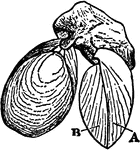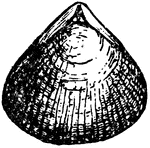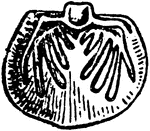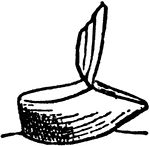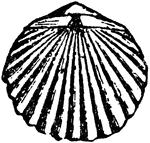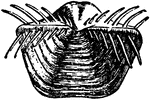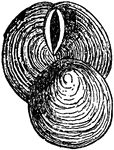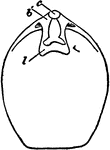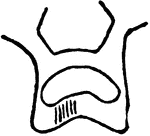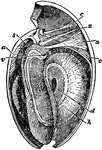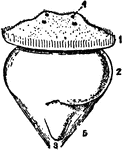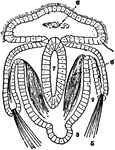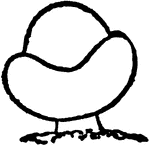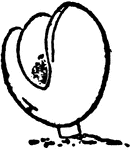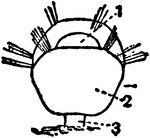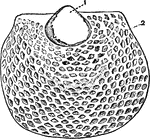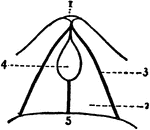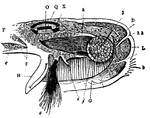
Argonaut
"A genus of cephalapodous mollusca, pretty generally known by the name of Paper Nautilus, and in consequence…
Aspergillum Vaginiferum (Lamarck)
It has received the strange name of the Watering-pot because of a convex disk that is pierced with holes…

Brachiopoda
Crania anomala. Interior of dorsal valve, showing muscular impressions and labial appendages.

Brachiopoda
Magellania flavescens. Longitudinal section of valves. A, ventral; B, dorsal valves; l, loop; q, crura;…
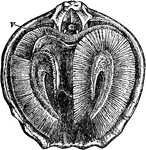
Brachiopoda
Magellania flavescens. Interior of dorsal valve, to show the position of the labial appendages. v, mouth.

Brachiopoda
A diagram of the left half of an Argiope, which has been bisected in the median plane. 1, the ventral…

Brachiopoda
Diagrammatic section through an arm of the lophophore of Crania. 1, the lip; 2, the base of a tentacle…
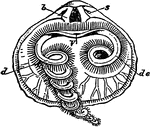
Brachiopoda
Rhynchonella psittacea. Interior of dorsal valve. s, Sockets; b, dental plates; V, mouth; de, labial…

Brachiopoda
Magellania flavescens. Diagram showing the muscular system. M, ventral; N, dorsal valve; l, Loop; V,…

Brachiopoda
Lingula anatina. Diagram showing the muscular system. A, dorsal; B, ventral valve; p, penduncle; e,…
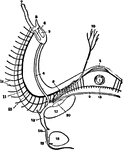
Brachiopoda
Diagram of nervous system of Crania; from the dorsal side. The nerves running to the dorsal parts are…

Brachiopoda
Megathyris larvae stages; the fully formed embryo just before fixing - the neo-embryo of Beecher.
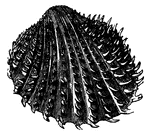
Cardium Aculeatum (Linnaeus)
"The familiar cockles are among the most widely distributed of shells. The greatest number are furnished…

Cardium Costatum (Linnaeus)
"The familiar cockles are among the most widely distributed of shells. An exotic species which inhabits…
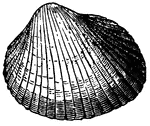
Cardium Edulis (Linnaeus)
"The familiar cockles are among the most widely distributed of shells. A species common to the Atlantic…

Cardium Groenlandicum (Chemnitz)
"The familiar cockles are among the most widely distributed of shells. The accessory ornamentation varies…

Clam
Anatomy of a bivalve clam. (ss) respiratory tubes; (aa) muscles by which the shell is closed (b) gills;…
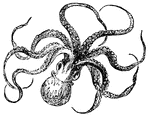
Cuttlefish
The body of the cuttlefish is soft and covered only with a leathery skin. Its eight arms are very long.

Cuttlefish
Cephalopods are the most highly organized Molluscs. The head is distinct, carrying two large globular…
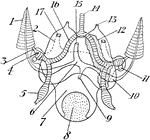
Cuttlefish Circulatory and Excretory Systems
"Diagram of circulatory and excretory systems in a Decapod-like Sepia. 1, Gill; 2, renal sac; 3, afferent…

Cuttlefish Structure
"Diagram of the structure of Sepia. a., Eight short arms around mouth; l.a., one of the two long arms;…

Common Cuttlefish
The Common Cuttlefish (Sepia officinalis) is a mollusc in the Sepiidae family of cephalopods.
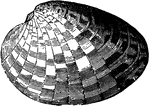
Cytherea Maculata (Linn.)
"Among the cast number of species belonging to the Veneridae family, many are extremely rare, and much…

